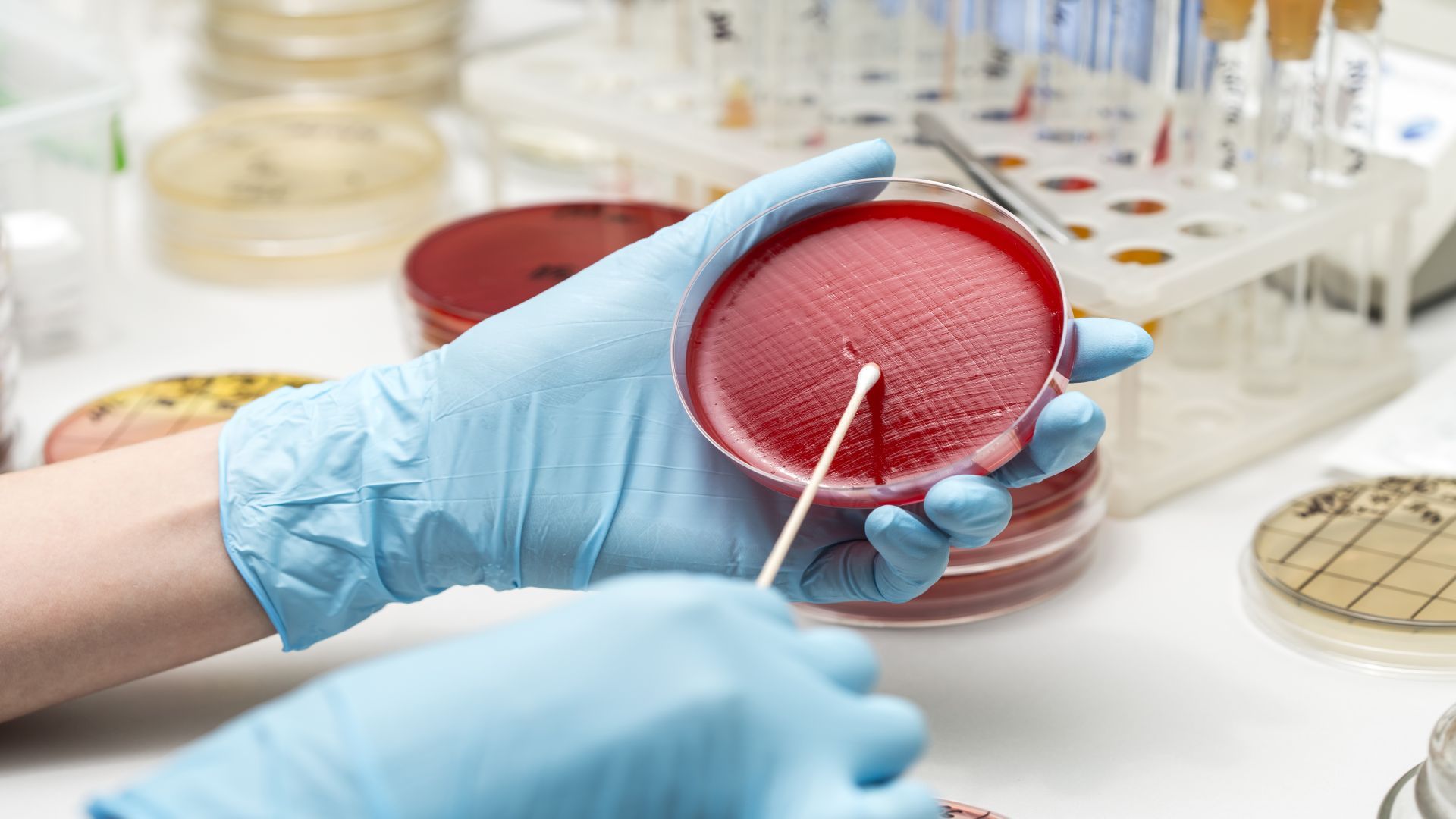CDC Invests More Than $200 Million to Help States Respond to Infectious Disease Threats


The Centers for Disease Control and Prevention (CDC) has awarded more than $200 million through the Epidemiology and Laboratory Capacity for Infectious Diseases (ELC) cooperative agreement to help states, cities, counties, and territories prevent, detect, respond to, and control the growing threats posed by emerging and re-emerging infectious diseases. State programs are the foundation of the U.S. public health system and are integral to the nation’s efforts to combat infectious disease threats. CDC and states work together to improve local surveillance, laboratory diagnostic capabilities, and outbreak response.
The CDC funds include $77 million to help state health departments fight local antibiotic resistance threats. CDC is investing in every state to combat antibiotic-resistant foodborne infections and infections in healthcare facilities and communities.
“More than 23,000 people in the United States die each year from infections caused by antibiotic resistance,” said CDC director Brenda Fitzgerald, MD. “CDC is committed to helping states and cities strengthen their ability to combat antibiotic resistance, and these funds will help state efforts to keep people safe.”
In addition, CDC is enhancing the Antibiotic Resistance Laboratory Network (AR Lab Network) to sound the alarm when known and emerging antibiotic resistance threats are detected. Data generated by the AR Lab Network can help improve infection control in healthcare facilities and enable more rapid and effective responses to outbreaks.
New activities to combat antibiotic resistance in the U.S.
The 2017 funding enhances current AR Lab Network activities by:
• Increasing testing nationwide for the fungal threat Candida, including emerging drug-resistant Candida auris fungi. The AR Lab Network Regional Labs are ramping up techniques nationwide to more rapidly identify and understand this new threat to stop further spread. C. auris can cause invasive and often deadly infections that are resistant to multiple antifungal drugs. Without action, it may spread further in the U.S.
• Strengthening national tuberculosis (TB) surveillance and infrastructure by adding a new national laboratory. The National TB Molecular Surveillance Center is equipped to perform DNA sequencing of Mycobacterium tuberculosis gathered from newly diagnosed patients in the United States. This technology – whole genome sequencing, or WGS – can help target public health interventions and identify new antibiotic-resistant TB strains as they emerge. TB is the world’s leading infectious disease killer, with an estimated 1.8 million deaths each year. Drug-resistant TB makes it even more difficult to treat and control TB in the United States.
• Enhancing detection of drug-resistant gonorrhea threats using WGS. Enhanced gonorrhea surveillance will identify when and how drug-resistant strains emerge and spread. This information could lead to more rapid outbreak response, and help stop antibiotic-resistant gonorrhea from spreading further into the community. It will also help clinicians make more accurate treatment decisions for their patients. About 820,000 new gonorrhea infections occur each year in the U.S. More than a quarter of reported cases are resistant to at least one antibiotic.
The $77 million to combat antibiotic resistance will also be used to build on the successes of PulseNet, the national laboratory network that connects foodborne illness cases to detect outbreaks. Every state public health lab will work toward performing WGS on food and waterborne bacteria, including Salmonella, Shigella and Campylobacter.
All 50 states, six large cities and Puerto Rico will also continue to test for carbapenem-resistant Enterobacteriaceae (CRE)-the deadly germ resistant to nearly all antibiotics.
ELC funding also includes support for other infectious disease control activities
In addition to combatting antibiotic resistance, the ELC also provides resources for other infectious disease control activities, including supporting states’ continued vigilance against Zika, which can cause microcephaly and other serious birth defects. In fiscal year 2017, CDC provided more than $300 million to state, local, and territorial health departments through the ELC program. Of these awards, $100.8 million were provided earlier in the fiscal year as part of a supplemental, one-time investment to fight Zika.
The remaining 2017 funding, a total of $124 million, goes to more than 40 projects, including:
• Enhance influenza surveillance and diagnostic testing, parasitic diseases, tickborne diseases, West Nile virus and other mosquito-borne diseases, foodborne diseases, waterborne disease detection
• Establish and maintain local, state, and territorial health coordinators to track vaccine-preventable diseases like measles and pertussis.
• Help states build their capacity for Advanced Molecular Detection, an emerging field that combines next-generation genomic sequencing with bioinformatics to more quickly identify and respond to disease outbreaks
• Protect the public health and safety of the American people by strengthening cross-cutting national surveillance, boosting laboratory infrastructure with the latest diagnostic technologies, and enhancing health information systems to efficiently transmit, receive, and analyze infectious disease-related data electronically.
• Support states’ continued vigilance against Zika virus outbreaks and associated adverse health outcomes, including microcephaly and other serious birth defects.
The ELC program distributes resources to all 50 state health departments, six local health departments (Chicago, the District of Columbia, Houston, Los Angeles County, New York City, and Philadelphia), and eight territories or U.S. affiliates, including U.S. Virgin Islands, Puerto Rico and Guam.
For more information on the ELC Cooperative Agreement and a breakdown of state-specific funding: www.cdc.gov/elc/.
For more information on CDC’s Antibiotic Resistance Solutions Initiative: https://www.cdc.gov/drugresistance/index.html/.
Robust infectious disease surveillance, including rapid subtyping of influenza A, is essential for early detection, containment, and public health reporting of novel viral threats.